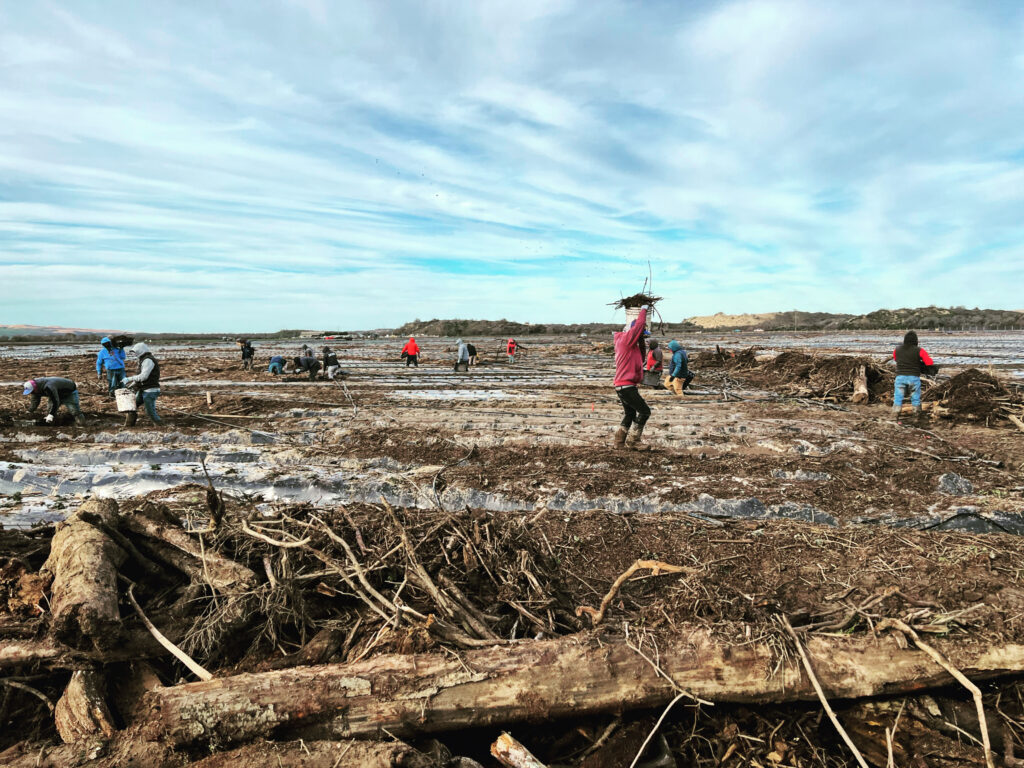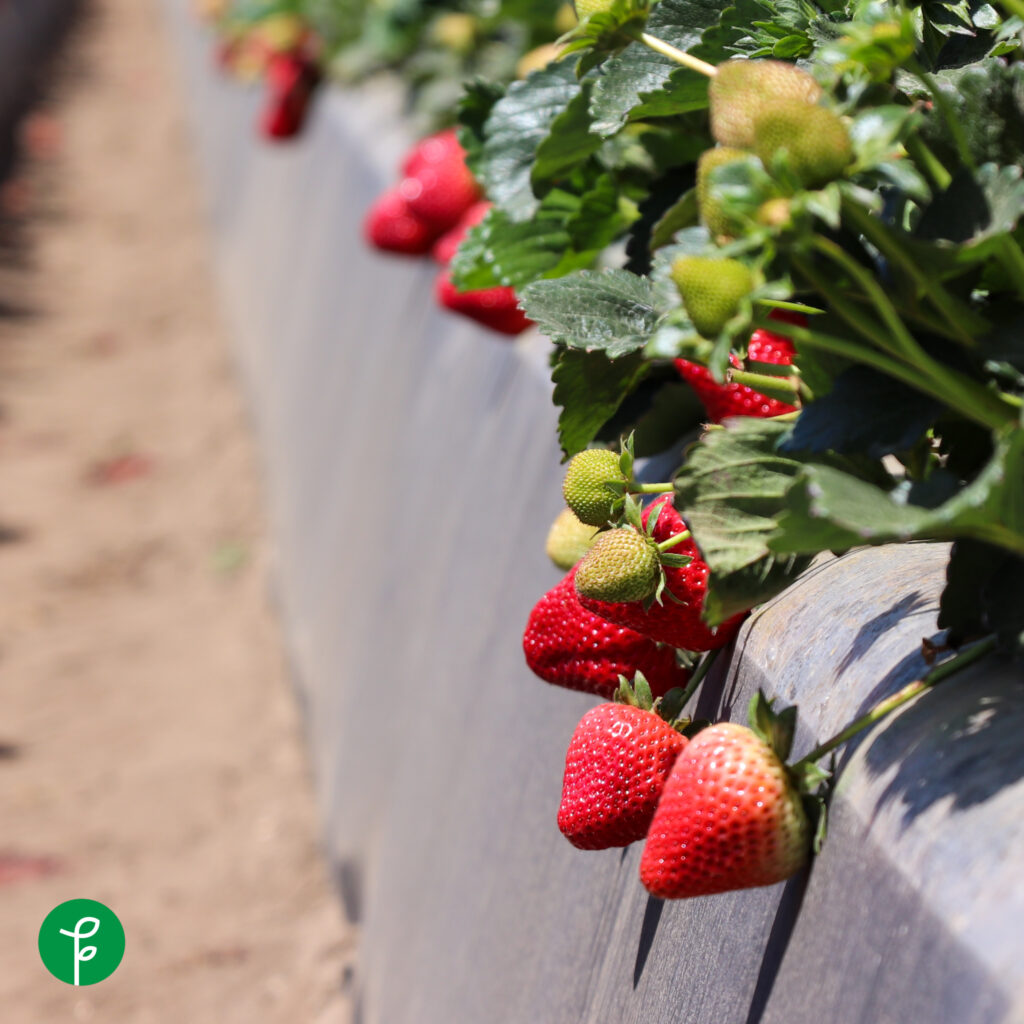Since the last big storm hit Santa Barbara County and flooded parts of Orcutt and Guadalupe, I have heard many comments saying that it is the farmers’ fault. It always surprises me when farmers are the first to get blamed. Are they such an easy target that people do not put any critical thinking into other possible contributing factors? What about urbanization? Poor planning and construction? Overgrown weeds, trees and shrubs in retention basins, drainage systems and riverbeds? Do we think so little of farmers that we are willing to believe city planners, contractors, maintenance workers, regulatory agencies, road developers and others are absolutely perfect in their work that they could not have possibly contributed to the situation?
Personally, I do not believe it is one reason more than any other. I think all are contributing factors.
Not to mention, this storm system was an act of God. A one in 25-year event, they say. Although I have also heard several farmers say they have never seen a storm like this in their lifetime.
Bottom line is that we, collectively as a community, were not prepared for this type of storm system. Besides, farmers were victims, too. The most recent estimate is at $35 million worth of damage to Santa Barbara County agriculture, and we are not done calculating.

My guess is that the next assumption from most people will be “farmers can afford recovery” or “insurance will cover losses.” While those statements are true, to some extent, they are also made in an effort to rationalize catastrophic impact. They are not constructive or empathetic remarks. They are minimizers. It is the equivalent of telling a friend who has been hurt “it could have been worse.”
We offer our condolences to victims whose homes have been flooded, but tell farmers, “Too bad, so sad.” Not only is this extremely unkind but narrow-minded. People are failing to realize that they will be affected by it, too.
We complain about the price of eggs, and that store shelves are emptier than normal. Perhaps, the Cardi B’s complaints about the price of lettuce being $7 will jog your memory?
From the damage I have seen in the Santa Maria Valley, most crops that came into contact with flood waters will have to be destroyed, and flooded ground cannot be replanted for a minimum of 30 to 60 days. These practices are required for prevention of pathogenic growth and the safety of our food supply.
From what I hear, Monterey County had it worse. Thousands of acres of farmland were under water.
It will be interesting to see what happens in the next couple of months when all these crops should have been sent to market. If we think it’s bad now, it has the potential to get worse.
As farmers, we will take some responsibility for flooding events. We do have a lot of ground under plastic that contributes to storm water run-off. But what you may not know is that we also have to adhere to strict state and federal regulations around the preservation of natural habitat and riparian areas that also contribute to storm water run-off.
It is partially those regulations that prohibit farmers from being able to adequately clean ditches and drainage canals to prevent flood damage to their fields and surrounding areas.
There is always more to the story than what meets the eye. We have become so quick to make judgments based on what we perceive rather than what is true.
Our entire legal system is predicated on innocence until proven guilty. Jurors must listen to all sides of the story and be presented with facts before they make a determination. Perhaps our opinions should be formed the same way.
*Also published in Noozhawk.

